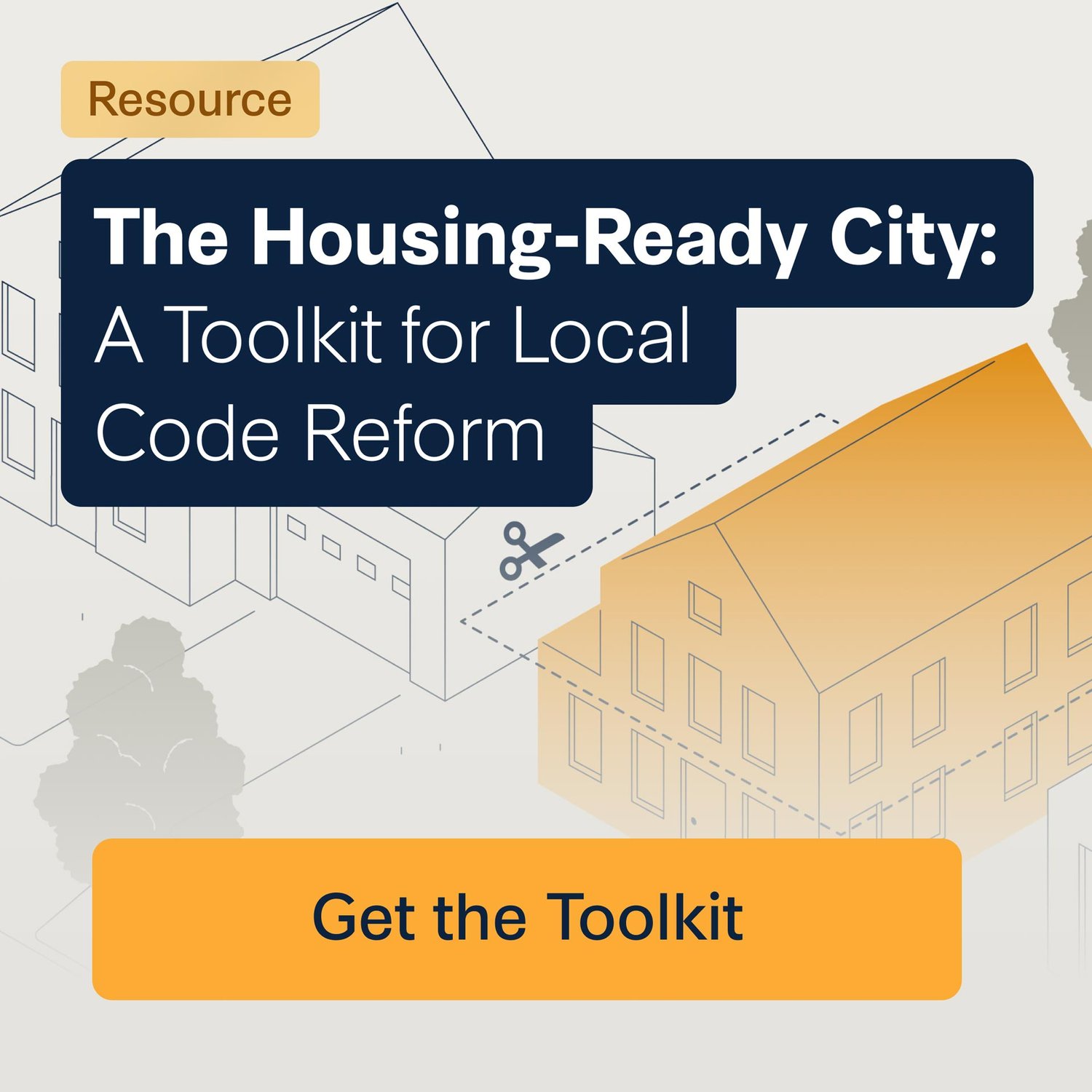Cincinnati Ditches the Status Quo with its Zoning Reform
Photo by TopSphere Media on Unsplash.
“If we stick with the status quo, Cincinnati will be the next city that is completely unattainable to live in for working-class Americans,” Reggie Harris, a councilmember for the Ohio city said back in January. “And then the city will join other cities across the Midwest in shrinking in population and economic opportunity.”
“If we stick with the status quo, Cincinnati will be the next city that is completely unattainable to live in for working-class Americans. And then the city will join other cities across the Midwest in shrinking in population and economic opportunity.”
Outdated zoning laws are holding cities back, restricting housing options and stalling economic growth. That’s why Councilmember Harris is leading the charge on Cincinnati’s Connected Communities initiative—a bold overhaul of the city’s zoning code designed to remove these roadblocks and create more housing where it’s needed most.
At its core, Connected Communities is about flexibility. The plan modernizes zoning rules, particularly near major transit corridors and neighborhood business districts, allowing up to four housing units within a half-mile of seven key transit routes and a quarter-mile of 39 business districts. It also eliminates parking requirements along these corridors and reduces them in business districts—encouraging new development while making it easier for residents to live without relying on personal vehicles.
The initiative targets nearly every type of neighborhood and zoning area, including those currently zoned exclusively for single-family homes. Mayor Aftab Pureval acknowledges that passing this plan will be a tough fight, but he remains hopeful. He points to data from other cities, like Minneapolis, which eliminated single-family zoning back in 2019, as evidence that such reforms can bring about greater affordability while preserving the unique character of Cincinnati.
“It’s very hard to change zoning,” Pureval admitted. “I think everyone theoretically supports affordable housing, but the challenge is where to put it.”
Key Components of "Connected Communities"
The “Connected Communities” plan introduces several transformative elements designed to foster inclusive growth:
Diversified Housing Options: By allowing multi-unit residences, such as duplexes and fourplexes, in areas previously restricted to single-family homes, the plan significantly broadens the housing options and price points available to residents.
Transit-Oriented Development: The plan focuses on promoting higher-density housing near key transit corridors and business districts. This approach enhances accessibility, making it easier for residents to rely on public transportation while reducing dependence on personal vehicles.
Revised Parking Requirements: The plan proposes eliminating or reducing parking minimums in targeted areas, recognizing that excessive parking mandates can drive up construction costs, thereby making housing less affordable.
Attached homes in Cincinnati, Ohio.
Learning from Minneapolis
Cincinnati’s zoning reform draws inspiration from Minneapolis, which made headlines in 2019 when it eliminated single-family zoning as part of its comprehensive "Minneapolis 2040" plan. This change allowed for the construction of duplexes and triplexes in areas once restricted to single-family homes. While this move received significant attention, the broader plan also focused on increasing housing access through other measures, such as eliminating parking requirements and implementing minimum height requirements for buildings in transit-rich areas.
Early results from Minneapolis have been promising. Rent prices have remained relatively stable, with only a 1% increase in recent years compared to a 14% rise across the rest of the state. Additionally, the city has exceeded its housing construction goals, adding more than 18,000 units annually, primarily through medium- and large-scale apartment developments. These outcomes demonstrate the potential benefits of zoning reform when carefully executed.
By looking to cities like Minneapolis, Cincinnati hopes to chart its own path forward, addressing its housing needs while maintaining the city's unique character and fostering long-term economic opportunity.
What about your city?
If you’re an elected official looking for ways to keep your city affordable and attractive for the long haul, download “The Housing-Ready City” toolkit to learn about six key regulatory changes that can help. Housing reform may seem impossible, but towns across North America are showing that it can be done, and this toolkit will show you how to start making these changes in your own community.







